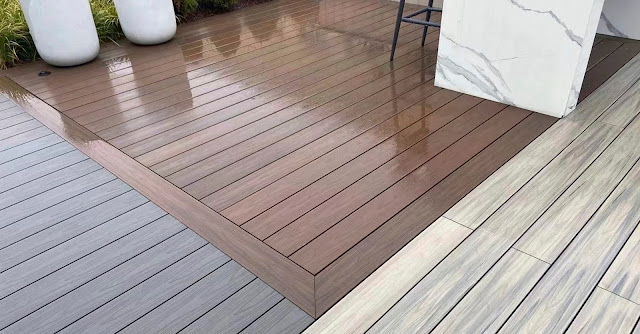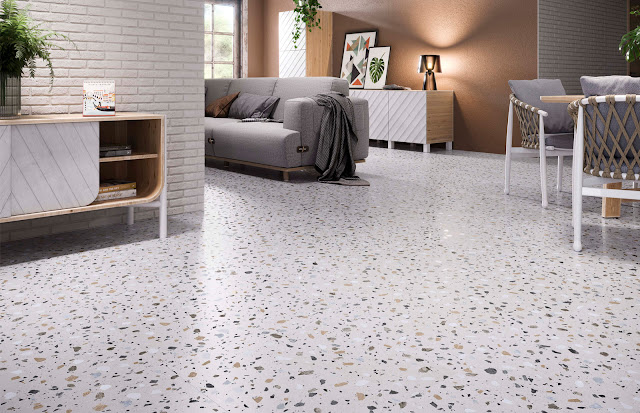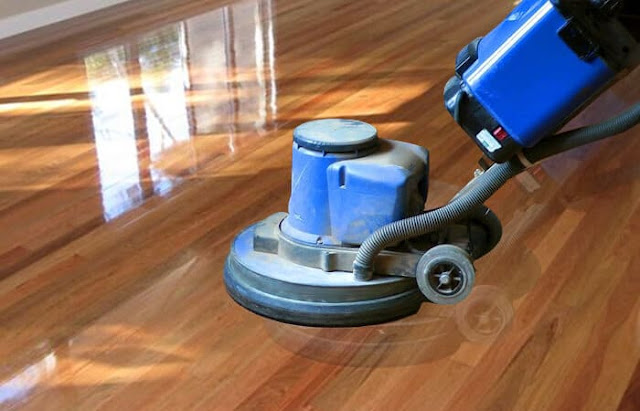Maximizing Your Outdoor Living Space with Decking Flooring: A Guide to Choosing the Right Material
Outdoor living spaces have become increasingly popular in recent years. Homeowners are looking for ways to expand their living areas, and outdoor decks offer an excellent solution. However, choosing the right material for your decking flooring can be challenging. There are many factors to consider, including durability, maintenance, and cost. This guide will help you navigate the process and choose the right decking material for your outdoor living space.
Wood Decking
Wood decking is a popular choice for outdoor living spaces, and for good reason. It provides a natural, warm look and feel that is hard to replicate with other materials. There are several types of wood decking, including pressure-treated pine, cedar, and redwood. Each type of wood has its unique characteristics, but all require some maintenance.
Pressure-treated pine is the most affordable option and is widely available. However, it needs regular maintenance to keep it looking good and to prevent rot and decay. Cedar and redwood are more expensive but offer better durability and resistance to decay. They also require less maintenance than pressure-treated pine.
Composite Decking
Composite decking is made from a mixture of wood fibers and plastic. It is a popular choice for outdoor living spaces as it offers a low-maintenance, long-lasting option. Composite decking comes in a variety of colors and textures, making it easy to find the perfect match for your home's style. It is also resistant to rot, insects, and weathering, making it an excellent choice for high-traffic areas.
However, composite decking is more expensive than wood decking, and it can be prone to scratching and fading. Some composite decking can also become hot to the touch in direct sunlight, making it uncomfortable to walk on in the summer months.
PVC Decking
PVC decking is a synthetic decking material made from 100% plastic. It is a highly durable, low-maintenance option that is resistant to rot, insects, and weathering. PVC decking is also fade-resistant and does not become hot to the touch in direct sunlight. It is available in a variety of colors and textures, making it easy to find a style that complements your home's exterior.
The downside of PVC decking is its high cost. It is one of the most expensive decking materials on the market, making it less accessible for homeowners on a budget. PVC decking can also be prone to expansion and contraction in extreme temperatures, which can cause gaps to form between boards.
Aluminum Decking
Aluminum decking is a low-maintenance, highly durable option that is resistant to rot, insects, and weathering. It is also fire-resistant, making it an excellent choice for areas with a high risk of wildfires. Aluminum decking is available in a variety of colors and textures, making it easy to find a style that complements your home's exterior.
However, aluminum decking is more expensive than other materials, and it can be noisy to walk on. It can also become hot to the touch in direct sunlight, making it uncomfortable to walk on in the summer months.
In conclusion, choosing the right decking material for your outdoor living space can be challenging, but it is essential to maximize your space's potential. Wood decking provides a warm, natural look, but it requires regular maintenance. Composite decking offers a low-maintenance, long-lasting option, but it can be more expensive. PVC decking is highly durable and low-maintenance, but it is also one of the most expensive options. Aluminum decking is highly durable and fire-resistant, but it can be noisy to walk on and hot in direct sunlight.
Consider your budget, maintenance requirements, and the climate in your area when choosing the right material for your outdoor living space. With the right material, your outdoor living space Flooring can become a comfortable, inviting area for you and your family to enjoy for years to come.



Comments
Post a Comment